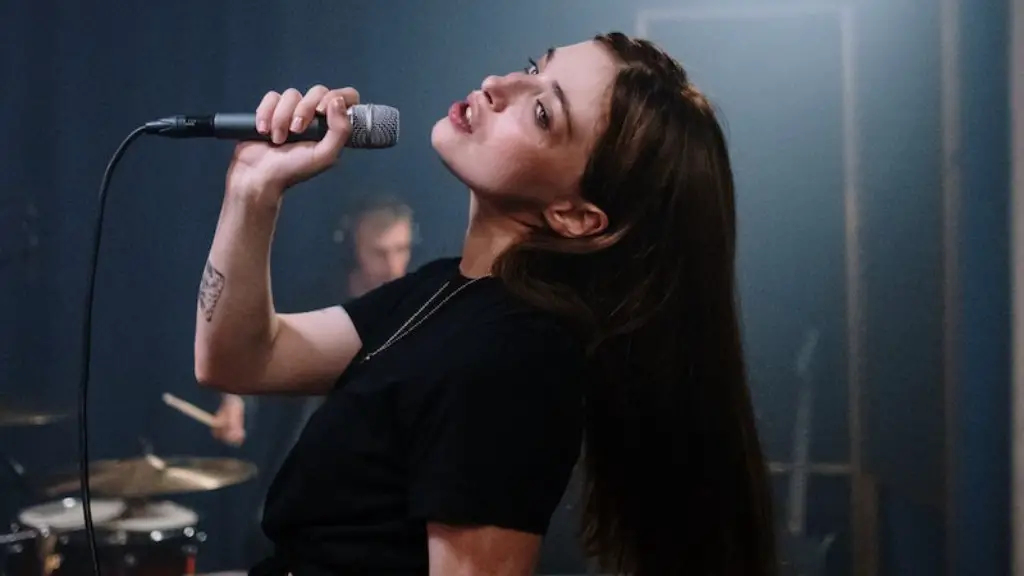1.Starting The Journey
Everyone has something hidden inside them, an artistic and creative side that desires to be explored. Drawing is one way of expressing this side, and it often starts with learning the basics, like drawing a grasshopper. Drawing a grasshopper might seem intimidating at first, but with the right tips and tricks, anyone can master it.
Start by sketching the shape of the grasshopper’s legs. This is the most essential part, as the legs give the grasshopper its identity. Start with two slightly curved lines, one on each side of the grasshopper. Then, draw two more lines in the opposite direction, connecting the two lines from before. Make sure the curves and angles of the legs match up with each other.
After finishing the legs, draw a long thin line for the body and add details to create the shape of the grasshopper’s head. Follow the same process to create the antennae, adding two long lines and detailing them to create their shape.
Draw the eyes and circles for the wings, and then outline the body and legs, giving it the grasshopper’s typical shape. You can even add extra details to make the grasshopper look more lifelike, such as veins and textured wings.
2. Coloring The Details
Now, it’s time to bring the grasshopper to life with some colour. Start with the body, using lighter tones and gradually building up darker colours to add depth and contrast.
Use browns and greens to bring the grasshopper’s legs to life and create an interesting look. Then, paint the antennae and wings in bright yellow and orange tones to add a dramatic effect. Finally, use tones of grey to paint in the eyes and the little circles for the wings.
Vary the colour palettes and tones to make your grasshopper unique and stand out. Making your grasshopper look realistic gives it a whole new level of detail that will take your art to the next level!
3. Finishing Touches
Adding some shading and shadows to your grasshopper drawing adds the final touches and gives it a realistic feel. You can start with the bottom of the body and legs, adding a subtle shadow to give the grasshopper some dimension. Then, use a darker tone to create a dramatic shadow on the wings and antennae.
To add more realism, add highlights and textures to the body of the grasshopper. Use thin, light lines to create veins and ridges on the torso, and mix up the tones to add depth and subtlety. That is all it takes to transform your ordinary drawing into something special.
4. Working With The Surroundings
Finally, you can add more impact to your grasshopper drawing by placing it in its natural environment. Draw the grass and other plants in the background, and add dangling leaves and flowers to give your drawing more depth.
Create an environment that meshes well with the grasshopper’s vibrant colours and adds a sense of realism. Make sure the light source is consistent with the overall scene, adding shadow and lighting to the grasshopper and other elements.
To complete the drawing, add texture to the leaves, petals, and stems, and now your grasshopper drawing is ready to be seen!
5. Making It Your Own
Drawing a grasshopper doesn’t have to be complicated. With the right techniques and tips, anyone can learn to create a realistic grasshopper drawing. Don’t be afraid to experiment and make your drawing your own. Use vibrant colours and apply different types of shading to create a dynamic effect, and don’t forget to use all types of textures to bring your art to life.
With a bit of practice, you will be on your way to mastering the art of drawing a grasshopper. So grab your pencils and paper and get ready to start your journey!
